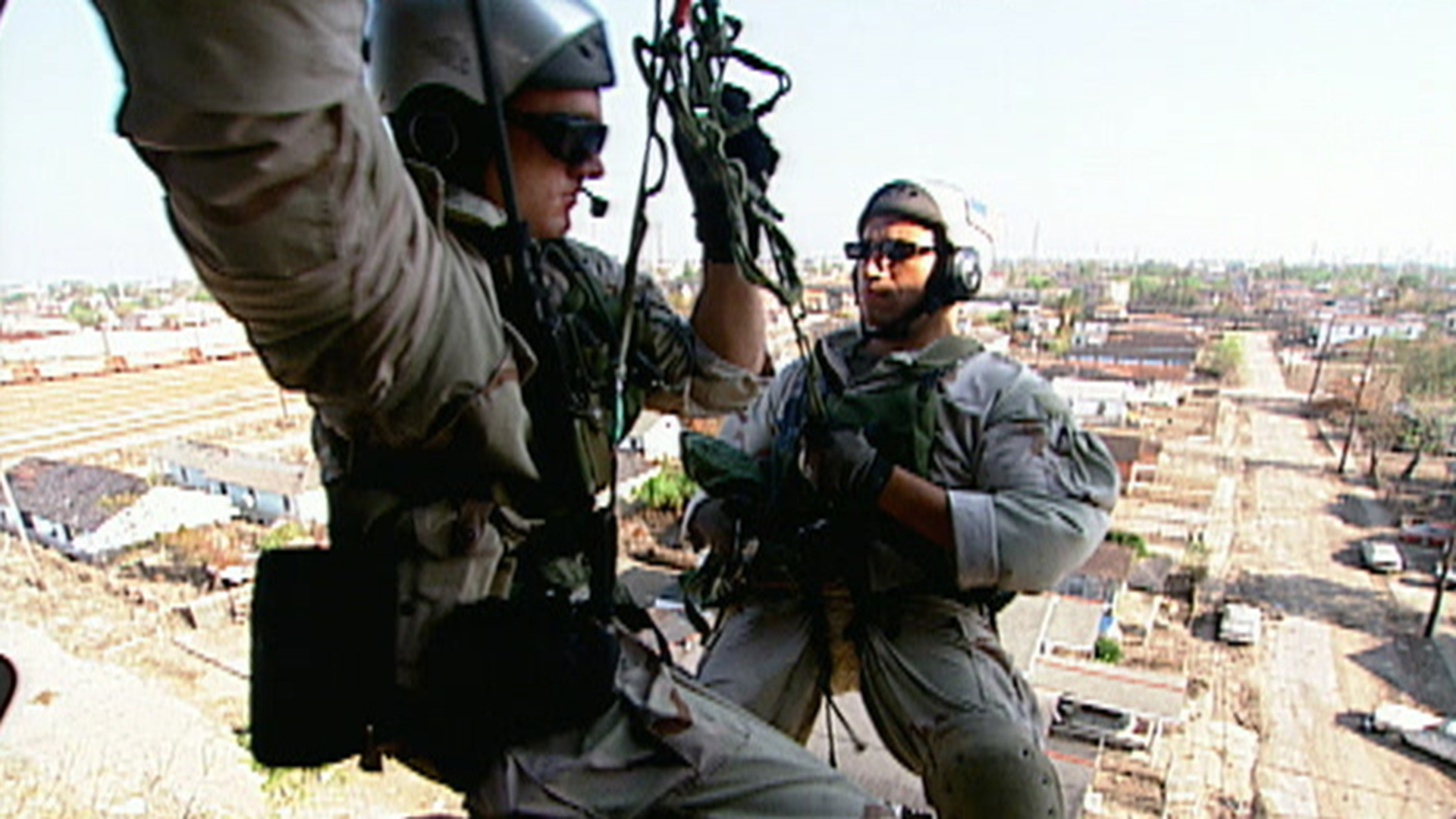

A backcountry permit allows the permit holder and group members to camp in a designated location. Permits are required year-round for all overnight stays in Yellowstone's backcountry. A list and map of campsites can be found in the Backcountry Trip Planner and the online Backcountry Trails and Campsites map. You will need to provide your own rope (35 feet in length or greater) at sites with food poles.

A food storage pole or box is provided at every campsite so that food and attractants may be secured from bears. If your group size exceeds the campsite limit, you’ll need to obtain a second permit and cook and sleep as separate groups. With the exception of four campsites, we allow only one group at each campsite. Group size limits range from 4 to 12 people. The maximum stay per campsite varies from 1 to 3 nights per trip. Each designated campsite has a maximum limit for the number of people and stock allowed per night. Yellowstone maintains 293 designated backcountry campsites. Also, many routes require fording rivers that can be 25 feet wide, 3 to 5 feet deep, extremely cold, and swiftly running during our late spring runoff. Most areas retain snow until late May or early June, and some (especially mountain passes) are snow-covered until late July. When planning a backcountry trip, remember that many of Yellowstone’s trails are more than 7,000 feet above sea level. Permits are required for all overnight stays. Hundreds of miles of trails facilitate travel throughout the park. Beyond the developed areas, Yellowstone offers a diverse, mountainous landscape that invites exploration by foot, pack stock, and boat.See Backcountry Permits below for more information. Reservations for backcountry campsites are available on.



 0 kommentar(er)
0 kommentar(er)
